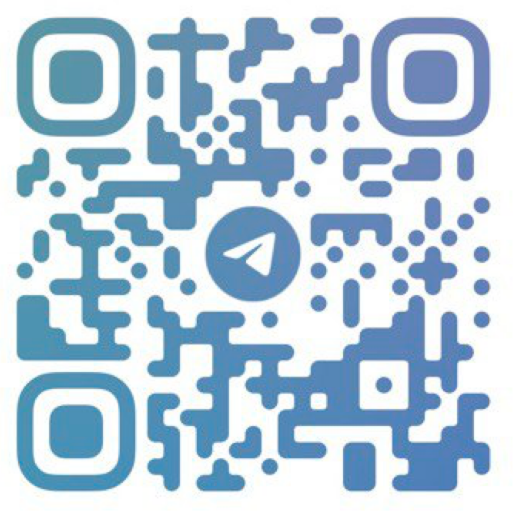NFT: Disruption of Digital Art and Transformation of the Art Market
NFT: Disruption of Digital Art and Transformation of the Art Market
I. Introduction
In the digital realm, a wave of enthusiasm has been sparked by NFTs (Non-Fungible Tokens). NFTs are a type of digital asset based on blockchain technology, and each NFT is unique, possessing inherent non-fungibility. This means that NFTs can represent ownership of digital artworks, music, videos, and other digital content. With the rise of NFTs, revolutionary changes have taken place in the sales and ownership of digital art. This article delves into how NFTs are altering the digital art market and the profound impact they're having on the traditional art market.

II. NFTs Changing the Rules of Digital Art
The emergence of NFTs has brought about fresh creative and sales avenues for digital artists. Conventionally, digital artworks struggled to establish their authenticity and scarcity, hindering artists from gaining recognized value in the digital domain. However, NFTs, through the immutability of blockchain technology, confer uniqueness upon digital artworks, transforming them into genuinely provable digital assets.
Most notably, NFTs allow artists to directly interact with fans, forging tighter connections. In the past, artists often relied on galleries, agents, and other traditional intermediaries to showcase and sell their works, often incurring substantial fees. Yet, NFTs empower artists to autonomously mint their works on the blockchain, engaging directly with collectors and fans, circumventing intermediaries, and thereby enhancing control over the creative and sales process. This direct artist-fan interaction also imbues artworks with heightened emotional value.
In summary, NFTs have bestowed unprecedented freedom and innovation upon digital art, enabling artists to engage with the world in more direct ways and shattering limitations imposed by traditional intermediaries.
III. New Paradigm for Digital Art: Sales and Ownership via NFTs
The advent of NFTs has introduced newfound convenience to the buying and selling of digital artworks. Historically, purchasing digital artworks was constrained by geographical limitations, as buyers needed to visit galleries or art exhibitions. NFTs have shattered this barrier, enabling anyone to purchase digital artworks online, regardless of their location.
Furthermore, NFTs eliminate the role of traditional intermediaries. Previously, artists needed intermediaries like galleries and auction houses to exhibit and sell their works, often incurring substantial commissions and fees. NFTs, based on the features of smart contracts, empower artists to directly mint and sell their works on the blockchain, devoid of intermediaries. This disintermediation not only reduces costs but also provides artists and buyers with more autonomy and flexibility.
Another critical feature of NFTs is their use of smart contracts to ensure the authenticity and scarcity of artworks. Each NFT carries a unique digital identifier, recording the creator's details, ownership information, and transaction history. This guarantees the traceability and authenticity of artworks while technologically safeguarding the scarcity of NFTs.
In sum, NFTs are reshaping how digital artworks are bought and owned, making purchasing more convenient and borderless, while ensuring authenticity and scarcity through smart contracts.
IV. Challenges for the Traditional Art Market
The rise of NFTs presents new challenges for the traditional art market. Traditionally dominated by galleries, auction houses, and similar institutions, the advent of NFTs introduces new competitive dynamics. Traditional establishments are striving to enter the digital arena, attempting to adapt to the trends of the digital age. To keep up, some traditional galleries and auction houses are venturing into the NFT space, aiming to establish a foothold in the digital market and attract traditional art collectors. Concurrently, they are also acting as intermediaries for traditional artists entering the NFT space.
However, NFTs come with new rules. Artists and buyers can interact directly, bypassing intermediaries. This complicates the role of traditional institutions, demanding them to reconsider their positions. In essence, the ascent of NFTs presents the traditional art market with new challenges. They are striving to adapt to the digital transformation while pondering how to find their niche in this new ecosystem.
V. New Horizons and Future Development of NFTs
On one hand, some view the NFT market as risky, susceptible to price volatility, necessitating cautious investment. On the other hand, many are optimistic about the prospects of NFTs as digital assets, believing they can reshape traditional investment avenues, offering a novel way to invest.
Looking ahead, NFTs are poised to play a more significant role in the art market landscape. Firstly, NFTs enable tracing the origin of artistic creation. Blockchain technology ensures copyright protection and authenticity, thwarting piracy and infringement, fostering greater trust and security for artists. Secondly, NFTs hold potential for expanding art trading channels. Traditional art transactions were often constrained by geographical limits, yet the decentralized nature of NFTs facilitates global trade between buyers and sellers, promoting international artistic exchange.
In conclusion, the advent of NFTs is a revolution in the realm of art, catalyzing ongoing transformations through technological and commercial innovations. As NFT technology continues to evolve, the future art market will experience further shifts and opportunities. This trend impacts not only artists and investors but also sparks discussions and contemplation within the global art community. Overall, NFTs are not only reshaping the landscape of digital art but also propelling the overall reshaping of the art market, ushering in a more open and innovative future.
VI. Conclusion
The emergence of NFTs constitutes a revolution in the field of art, with their technological and business innovations continually driving change. As NFT technology advances, the art market of the future will confront more transformation and opportunities. This trend affects not only artists and investors but also ignites discussions and reflections within the global art community. In summary, NFTs have not only altered the face of digital art but are also propelling the complete reshaping of the art market, ushering in a more open and innovative future.

Please specify source if reproducedNFT: Disruption of Digital Art and Transformation of the Art Market | CoinNav- Blockchain Trading Starts Here

